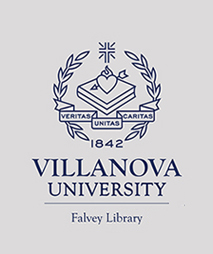The Nexus of Storytelling and Collective Learning A Synergistic Spark for Human Emergence
##plugins.themes.bihistory.article.main##
Abstract
This paper explores the implications of storytelling as an essential complimentary concept to collective learning for labeling human emergence within the Big History thresholds framework. It proposes that the distinctively human cognitive capability for communicating explanatory descriptive narration (i.e., storytelling) was a foundational adaptive behavior and central driving force that launched humans into a unique evolutionary pathway as collective learners whose increasing knowledge has transformed the world. Storytelling provides a theorem for why human language skills and brain capacity increased so dramatically since our common ancestor with chimpanzees, and how our storytelling brain models our world through narratives that undergird human belief systems and facilitate complex social coordination. The paper outlines the symbiotic role that storytelling played in turning the cultural “ratchet” of collective learning throughout prehistoric times and its corresponding influence on prehistorical milestones. It goes on to explore the benefits of teaching storytelling as a complement to Big History threshold (6) collective learning and concludes with a look at the vulnerability of the human storytelling brain regarding its ability to unite or divide people through the power of narratives, whether they are factual or fictional. The paper invites the Big History community to consider embracing the emerging transdiscipline of storytelling within the Big History tent as synergistic complement to collective learning, that pulls together many Big History threads and which can help improve the effectiveness of telling Big History as a common human origin story for navigating the precarious prospects of the Anthropocene.
##plugins.themes.bighistory.article.details##

This work is licensed under a Creative Commons Attribution 4.0 International License.
Authors who publish with this journal agree to the following terms:- Authors retain copyright and grant the journal right of first publication with the work simultaneously licensed under a Creative Commons Attribution License that allows others to share the work with an acknowledgement of the work's authorship and initial publication in this journal.
- Authors are able to enter into separate, additional contractual arrangements for the non-exclusive distribution of the journal's published version of the work (e.g., post it to an institutional repository or publish it in a book), with an acknowledgement of its initial publication in this journal.
- Authors are permitted and encouraged to post their work online (e.g., in institutional repositories or on their website) prior to and during the submission process, as it can lead to productive exchanges, as well as earlier and greater citation of published work (See The Effect of Open Access).



